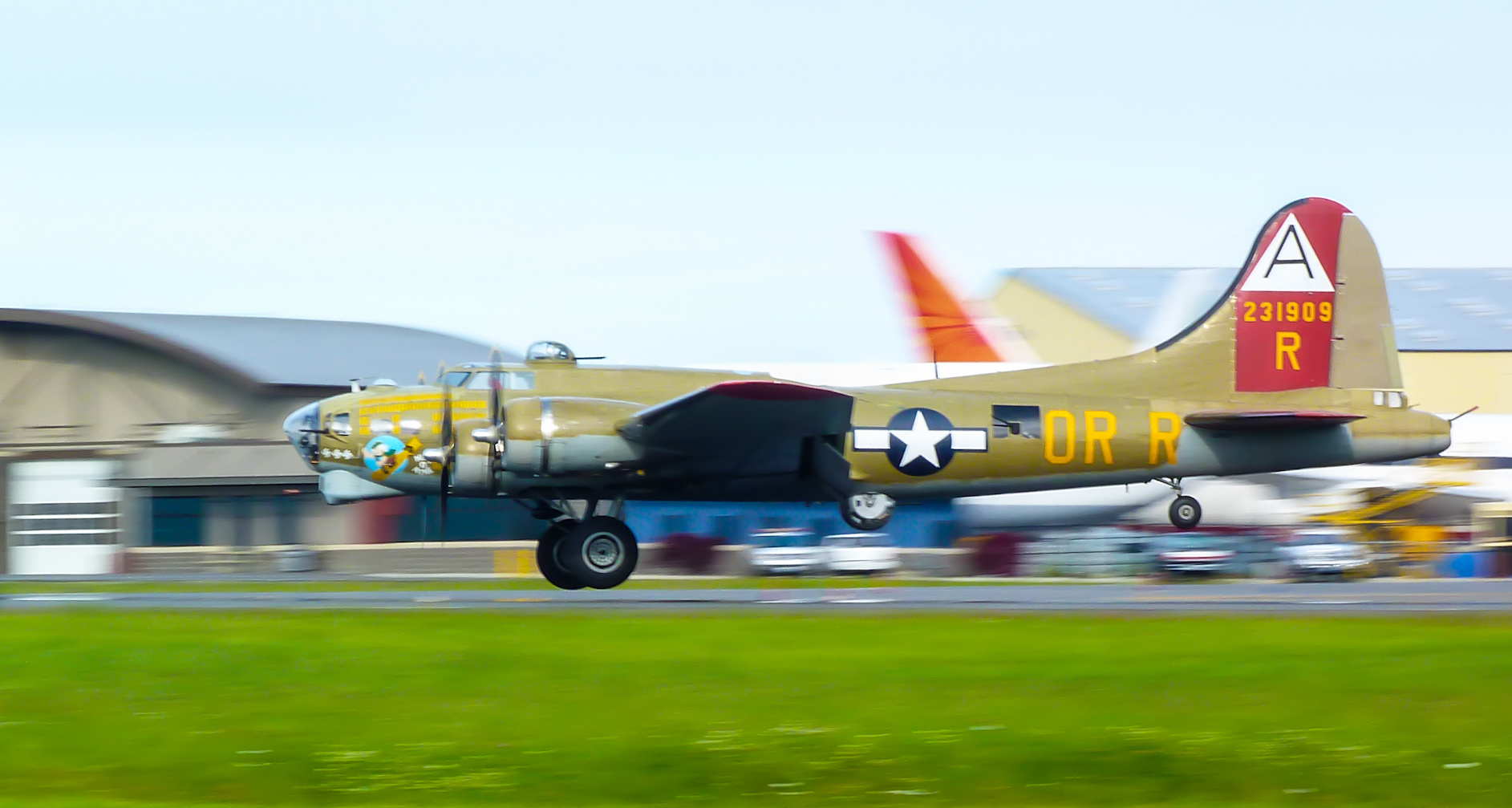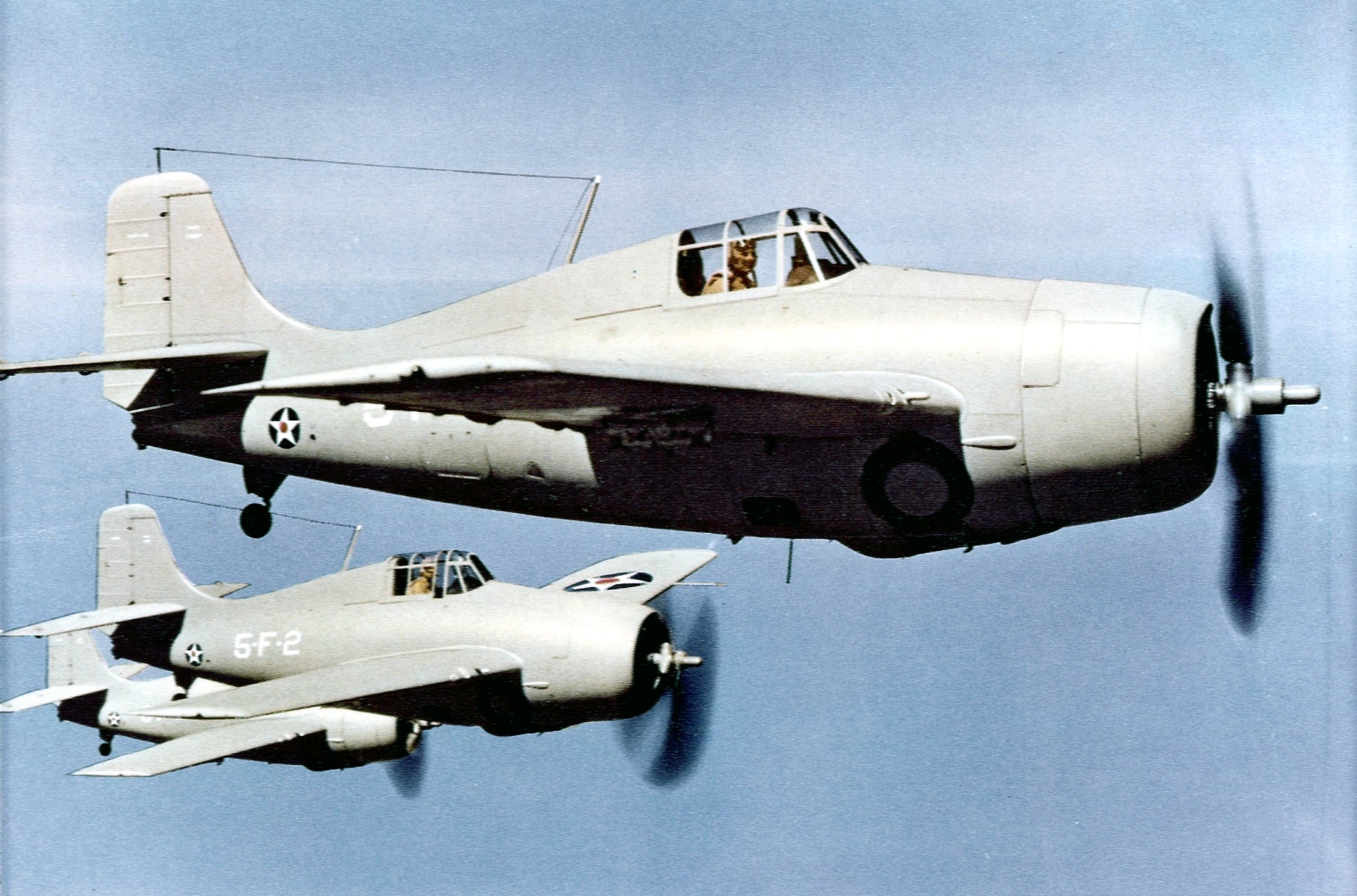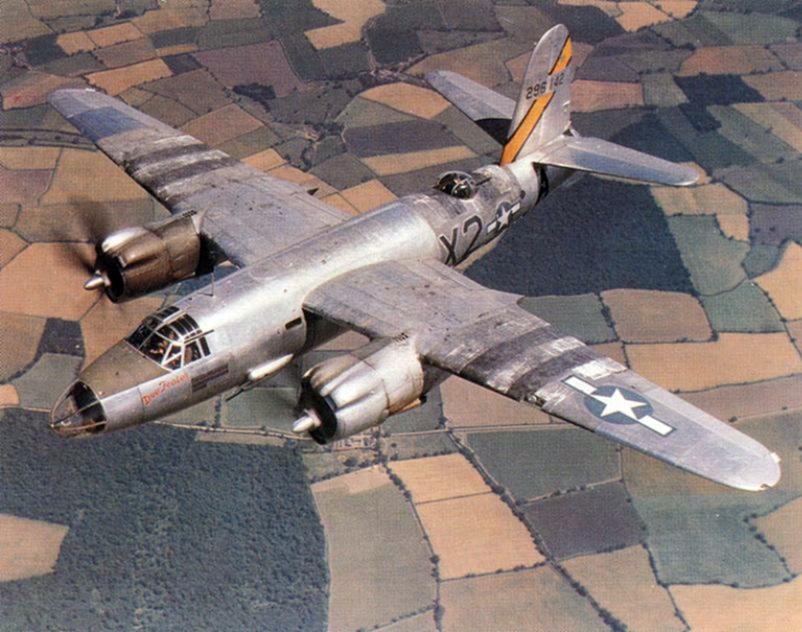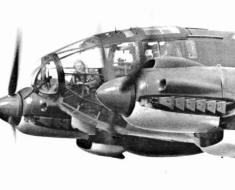The Arado Ar 198 was conceived in response to a specification put out by the Reichsluftfahrtministerium (German Ministry of Aviation, RLM) in 1937 calling for the production of a new aerial reconnaissance aircraft that also could be used for light tactical duties.
It was to be manufactured by Arado Flugzeugwerke; a German aerospace company that had seen previous success with commercial and military designs.
Three aircraft manufacturers submitted designs, with Arado proposing their Ar 198 entry. The design was initially enthused over by the Luftwaffe and RLM who declared it an early winner, but issues with the design followed by doubts as to whether Arado could fulfil mass production requirements placed the project in jeopardy.
Although Arado sought to address these issues, it was not selected for production and only one working prototype was successfully tested before the project was wound down.
Contents
Origins
In 1937 the German RLM issued a specification for a new reconnaissance aircraft that would carry a three-man aircrew and would have the capability of performing light tactical or bombing work. The aircraft would have great visibility for the flight crew and be able to carry a small weapons payload.

The idea of the aerial reconnaissance plane was one that could fly at a great height and speed, enabling it to circle above a battle area or an enemy position with visibility from the air and have the necessary speed and defensive measures to respond to pursuing enemy fighters.
Read More: Dornier Do X – Bigger Isn’t Always Better…
The specification initially sought to find a replacement for the Heinkel He 46 which had served with the Luftwaffe as a spotter plane, but the Germans wanted an aircraft that was more powerful and technologically advanced, especially a model that could outperform aircraft made in Britain, France and the United States.
As the Nazi regime had withdrawn Germany from the Treaty of Versailles by this stage and was embarking on a mass rearmament program, limitations on the production and speed of German-made aircraft no longer applied and manufacturers were given design freedom for the project.
Three aircraft manufacturers responded to the call: Arado, Focke Wulf and Blohm & Voss. Each of these companies was able to base their own design on previous aircraft they had made and used their experience with spotter-type aircraft to submit designs to the RLM within a relatively short time frame.
Focke Wulf proposed their Fw 189 Uhu design while Blohm & Voss submitted the unusual-looking Blohm & Voss BV 141 as their answer. Arado was set to work on the Ar 198 to have it submitted to an RLM test panel.
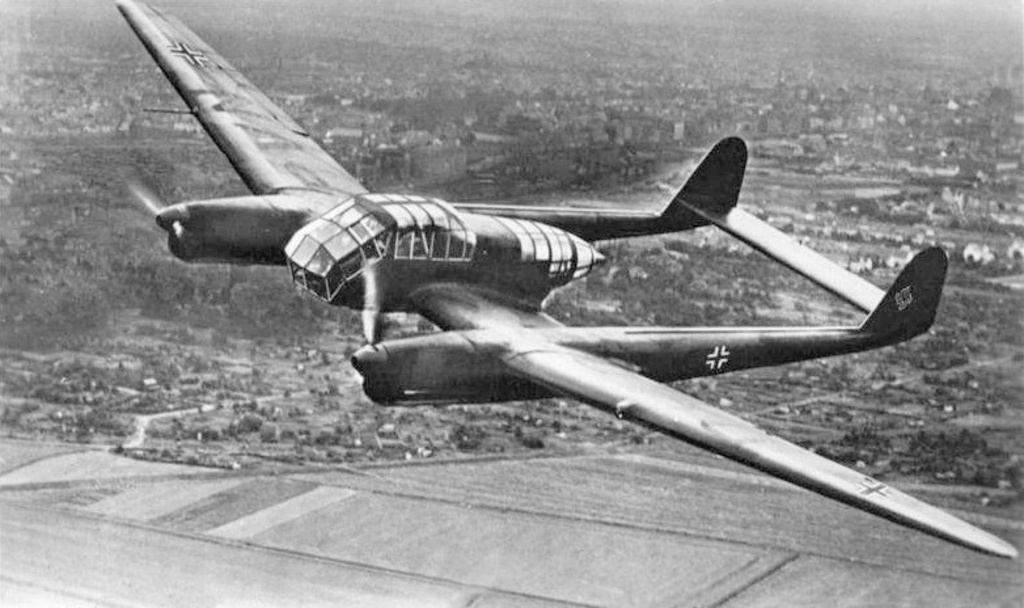
Before the Ar 198’s development, the Arado Flugzeugwerke company had already established itself as a prominent aircraft manufacturer in the town of Warnemünde, Germany. The company had successfully contributed aircraft such as the Ar 96 trainer and the Ar 196 reconnaissance seaplane to the Luftwaffe.
The design team at Arado began drawing up initial design concepts revolving around the specification call for a three-man crew and a powerful engine unit that could be used as either an observational plane or a light bomber.
Development
After playing around with the basic design and submitting it to the RLM, Arado was awarded a contract by the Luftwaffe to build a working prototype in July 1937.
Arado planned the Ar 198 to hold a crew of three which would consist of the pilot, a gunner and radio operator and an observational spotter who could also handle gunner duties if the situation called for it. Due to the requirement for good crew visibility and a high top speed, a fully enclosed and streamlined glass crew compartment was built into the fuselage.
Arado also put a strong emphasis on tactical reconnaissance and unobstructed vision for the crew. The spotter’s chair and windows were positioned below the aircraft’s wings to provide unobstructed viewpoints while the pilot and rear gunner would sit in a fully glazed cabin above the wing.

In the design, Arado also sought for there to be good and easy communication between the crew members during the flight, as other larger or medium aircraft had the crew separated throughout the plane. Instead, Arado broke tradition and designed the interior of the crew compartment with an accessible connection aisle that spanned throughout the plane’s interior to each crew position.
Read More: Grumman F-14 Tomcat – The Big Cat with 2 Terrible Engines
The idea was to make the crew within eyesight and earshot of each other and simplify evacuation of the plane in an emergency.
The crew compartment and entire forward fuselage structure was built using a steel tube construction with the engine cowling included in the same bodywork. Arado also chose to use a light and all-metal skin cover for the aircraft in order to improve aerodynamics.
The rear section of the fuselage was built using an all-metal monocoque construction and was built purely to act as a boom for the tailfin with no tactical equipment or crew provisions installed (all of this would be fitted at the front of the plane) to ensure a lighter weight. Arado also opted to build the Ar 198 with fixed landing gear for simplicity.
The Arado team decided that power would be provided by a single BMW-Bramo 323A nine-cylinder engine which could produce a top speed of up to 223 miles per hour. The aircraft could also possess a range of up to 672 miles and had a top climb ceiling of around 26,250 feet.
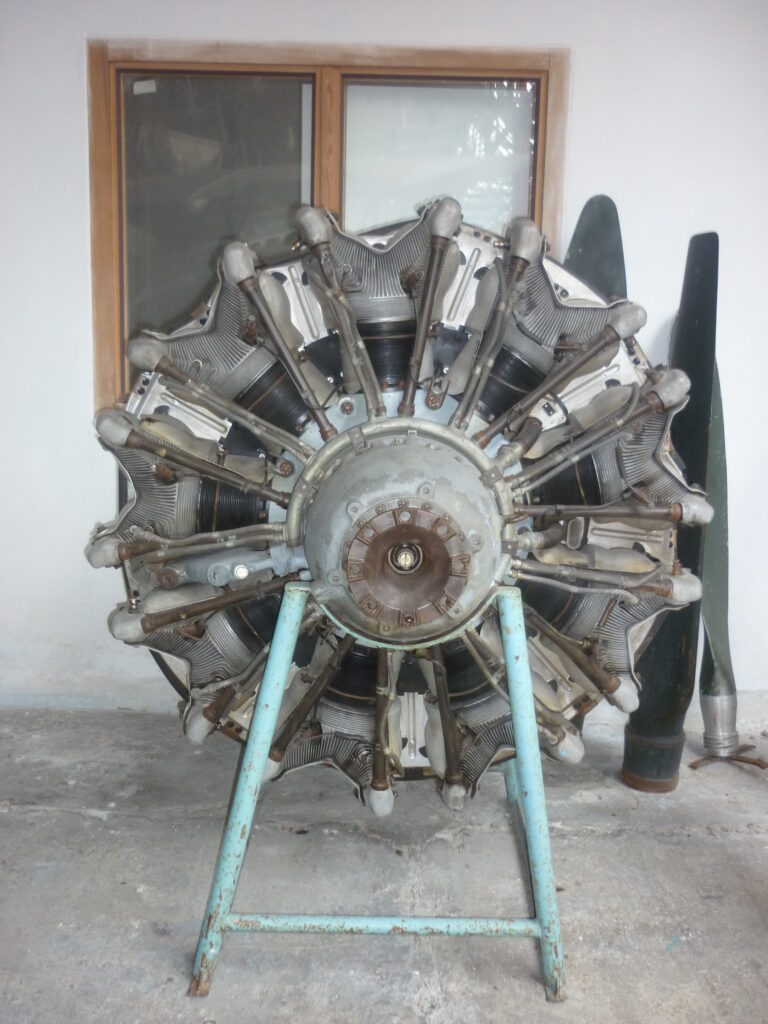
The designers also experimented with different armament ideas in the initial drawings before settling on a forward-facing MG 17 machine gun at the front and two rear-facing MG 15 machine gun units facing from the dorsal fin for the completed airframe.
The Luftwaffe were initially enthusiastic about the concept proposals and reports from the design team. Before the plane’s maiden flight, it came to be favoured by Luftwaffe commanders over the Focke Wulf and Blohm & Voss designs.
Testing
The first Ar 198 prototype (known as the V1) was sent for its maiden flight at the Arado airfield in March 1938.

Despite enthusiasm for the plane, the flights began to uncover certain design and aerodynamic flaws. During the initial proving flights the test pilots found the aircraft was unstable and would naturally roll from side to side. It also had a potentially dangerous sluggish speed and performance when flown at a low speed.
It was thought that these problems were caused by the large extended lower fuselage, and so Arado decided to change the layout for the second and third prototype units.
Read More: Sukhoi T-4 Sotka – The Soviet XB-70
In order to rectify the problem, the wings of the Ar 198 V1 were fitted with automatic slats which managed to improve the aircraft’s handling, but the procedure to operate and monitor the slats also necessitated more experience and skill from the pilot.
The V1 was sent out for a second test run with the new slats and was flown by military and engineering test pilots chosen by the RLM from different aerospace backgrounds in Germany.
The consensus among the test crews was that the Ar 198 V1 needed considerable experience to fly and control, but once the pilot was able to master the aircraft its performance drastically improved. The visibility and observational capabilities were rated as strong and well above the standard set by the original specification requirements.
Although the situation was now looking more promising for the aircraft, the Ar 198’s predicted assembly and production process was considered intricate and complex, with the Luftwaffe, in particular, expressing concern about the cost per unit of the plane compared to manufacturing targets set by the German high command.

As Arado was a comparably smaller company and employed fewer factory workers compared to its rivals, questions were also raised as to whether the company would have the capacity to build the aircraft in large numbers.
During the testing process, the RLM switched the requirements to dictate the Ar 198 as a medium to short-range reconnaissance plane while the Blom & Voss BV 141 and Focke Wulf FW 189 would serve as long-range reconnaissance aircraft.
Despite the doubts and sudden requirement changes, the Arado team set to work on modifying the prototype and built an updated version which they continued to send the prototype for evaluation flights. The updated prototype was transferred to the Luftwaffe Flight Test Centre technical base in Rechlin for proving.
Fate
The test pilots at Rechlin also commended the plane’s abilities once it could be mastered, but the updated prototype was severely damaged during a crash landing in 1938 when one of the automatic slats came loose and gouged the wing.
The V1 continued to fly and was praised by the test pilots. Work began on a third airframe which was used for ground-based static tests, but this version never progressed into a workable flying stage.
With continuing concerns about Arado’s production capacity to handle the aircraft, the Luftwaffe opted not to go ahead with financing the project and instead expressed a preference for the Focke-Wulf Fw 189 to fulfill the specification.
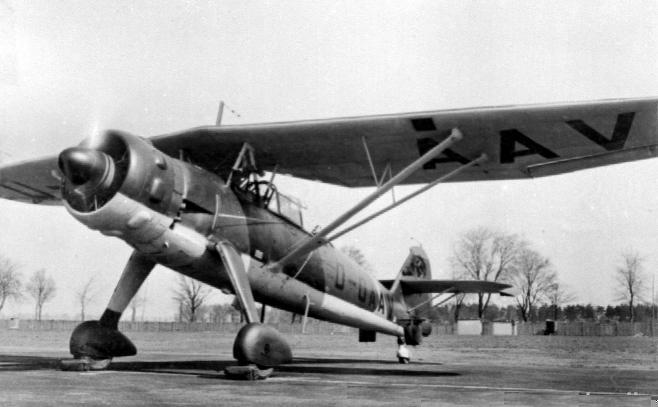
The redesignation in requirements also worked against the Ar 198. During Arado’s design and testing process, German aerospace manufacturer Henschel also created and submitted the Henschel Hs 126 for proving. Like the Ar 198, it was designed as a short-range reconnaissance plane but followed this principle from the start of the design process.
The test results ultimately favoured the Hs 126 due to its effective yet relatively more straightforward design. It would go on to see service during the Spanish Civil War and Second World War.
Read More: Douglas XB-42 Mixmaster – Good Vibrations?
Only one example of the Ar 198 was completed and the Arado company was ultimately liquidated in 1945.
Specifications
- Crew: Three
- Length: 11.80 m (38 ft 9 in)
- Wingspan: 14.90 m (48 ft 11 in)
- Height: 4.51 m (14 ft 10 in)
- Empty weight: 2,400 kg (5,290 lb)
- Gross weight: 3,031 kg (6,683 lb)
- Powerplant: 1 × BMW-Bramo 323A nine-cylinder air-cooled radial engine, 670 kW (900 hp)
- Maximum speed: 359 km/h (223 mph, 194 kn) at 3,500 m (11,485 ft)
- Range: 1,081 km (672 mi, 584 nmi)
- Service ceiling: 8,000 m (26,250 ft)



